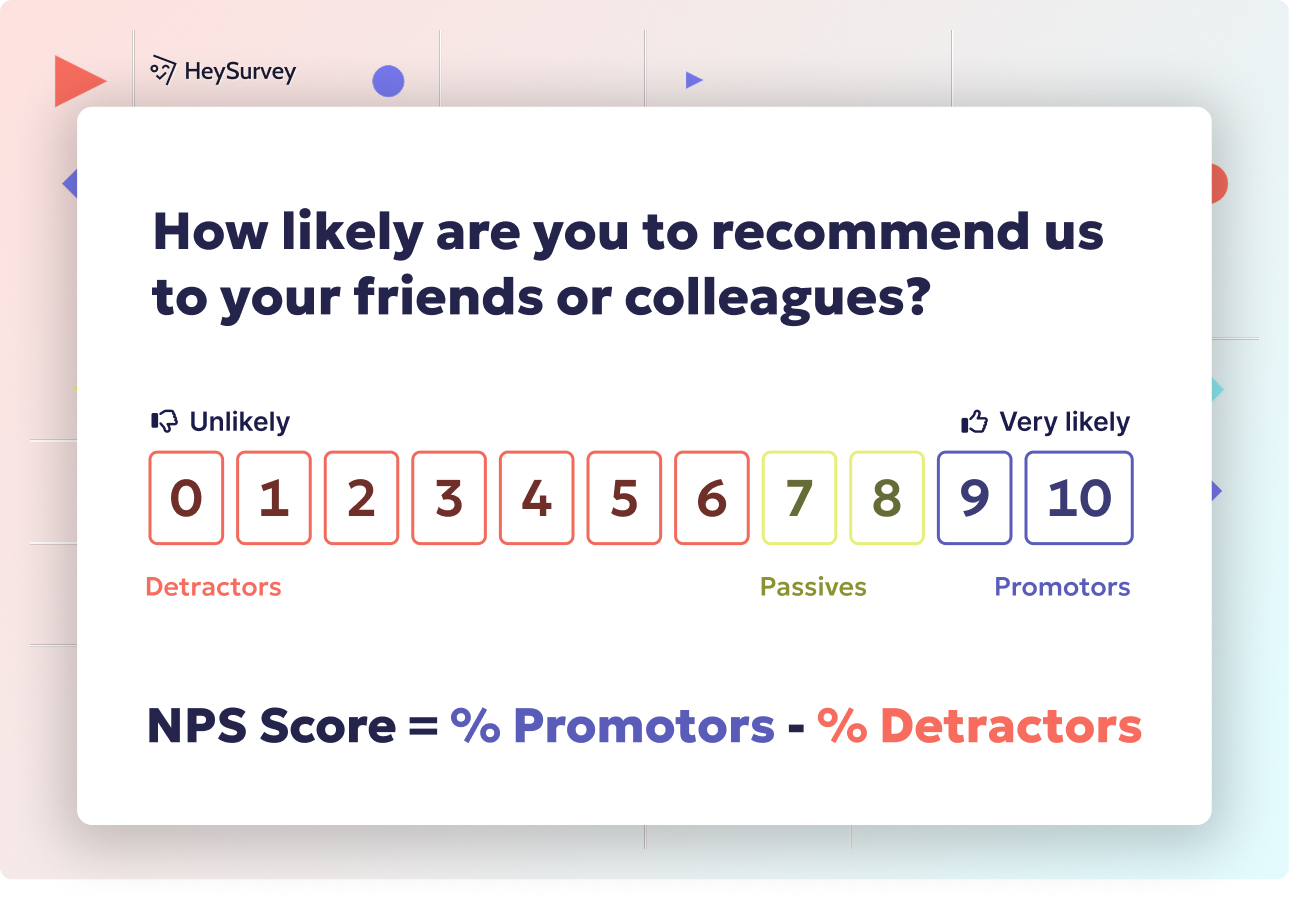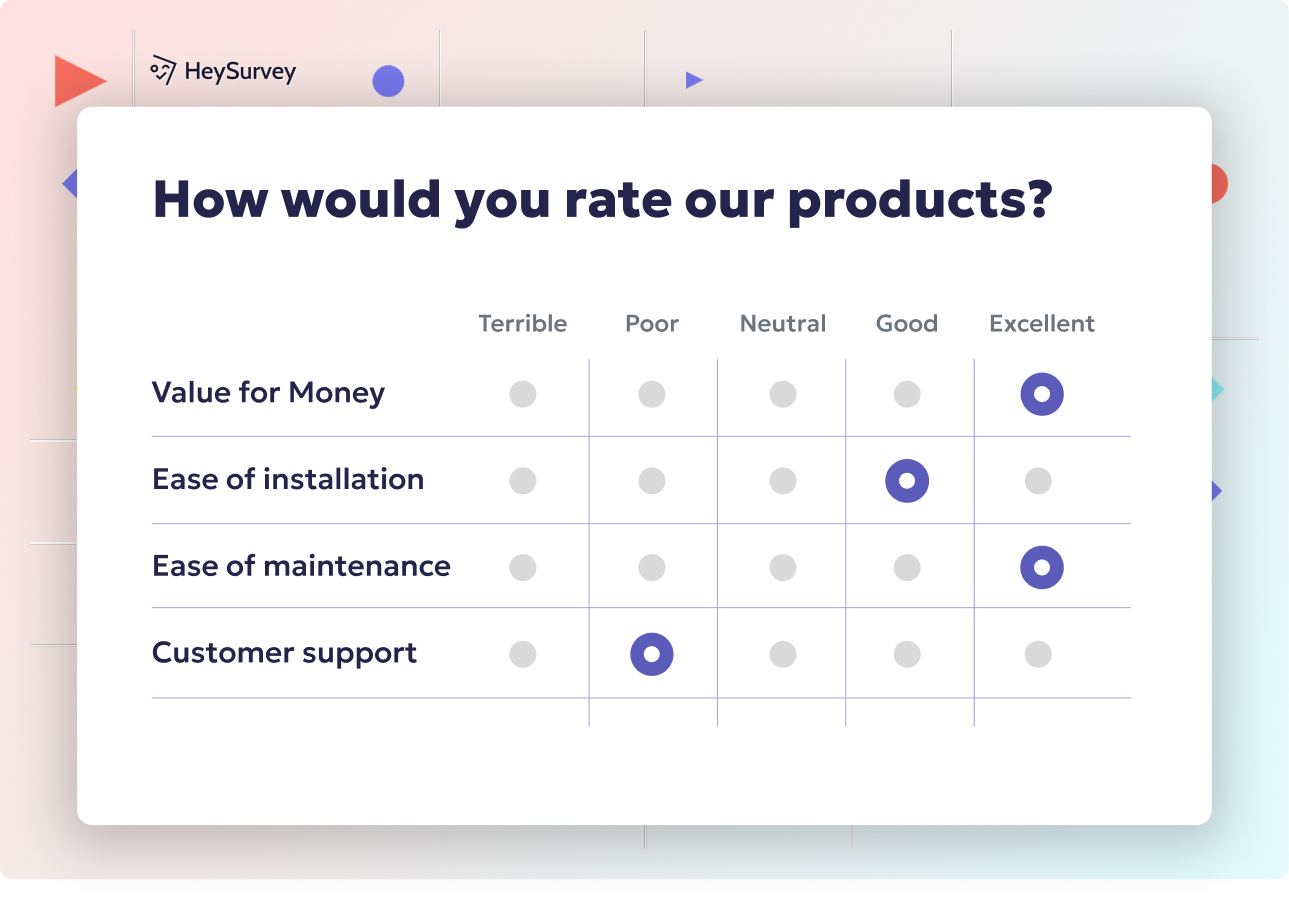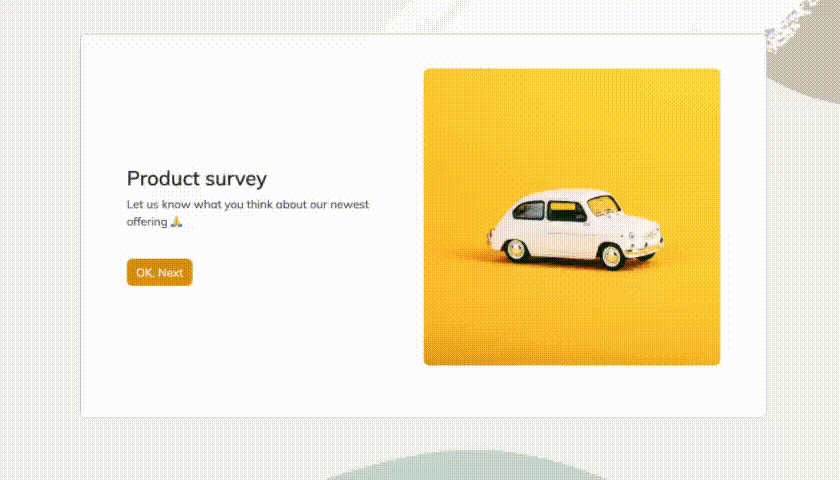32 Course Evaluation Survey Questions to Improve Student Feedback
Explore 30+ course evaluation survey questions with sample sets to enhance teaching, student feedback, and course improvements effectively.
Course evaluation surveys are like a secret ingredient for better teaching. They collect student feedback, spotlight teaching improvement opportunities, and help colleges keep a finger on the pulse of learning. Whether collected mid-semester, at the end, or even months later, course evaluation questions fuel higher-education surveys and online course evaluation tools, lighting the way to stronger programs and happier students.
Course Satisfaction Survey Questions
Why and When to Use This Survey Type
If you want a quick snapshot of the overall class vibe, this is your go-to. Course satisfaction survey questions let students share whether things clicked or missed the mark. It’s perfect for catching broad strengths, weak spots, and unexpected hits or misses.
You’ll usually roll these out at the end of a course. Timing is everything—students have the full picture by then and can offer truly useful feedback. End-of-course surveys allow you to see what resonates or falls flat, providing important clues for next semester.
There’s real power in asking students about their experience. You get to peek behind the curtain and see the journey from their side. This makes it easier to shape future classes into something everyone wants to recommend.
Use these surveys to:
- Identify general satisfaction and pain points
- Compare different courses or instructors
- Spot trends that only show up when you ask everyone
The best insights come from running this survey consistently. A small change you make after feedback can snowball into big improvement next term.
Sample Questions
Overall, how satisfied are you with this course?
Did the course meet your initial expectations?
How likely are you to recommend this course to other students?
Which aspect of the course did you enjoy most?
What would you change to improve the course experience?
Each question helps you unlock a layer of student sentiment and points you toward smarter course design. Use responses to check for big issues—and small wins—you might otherwise miss.
Research indicates that clear, specific, and unbiased course evaluation questions, combined with a mix of closed and open-ended formats, significantly enhance the quality and usefulness of student feedback. (watermarkinsights.com)
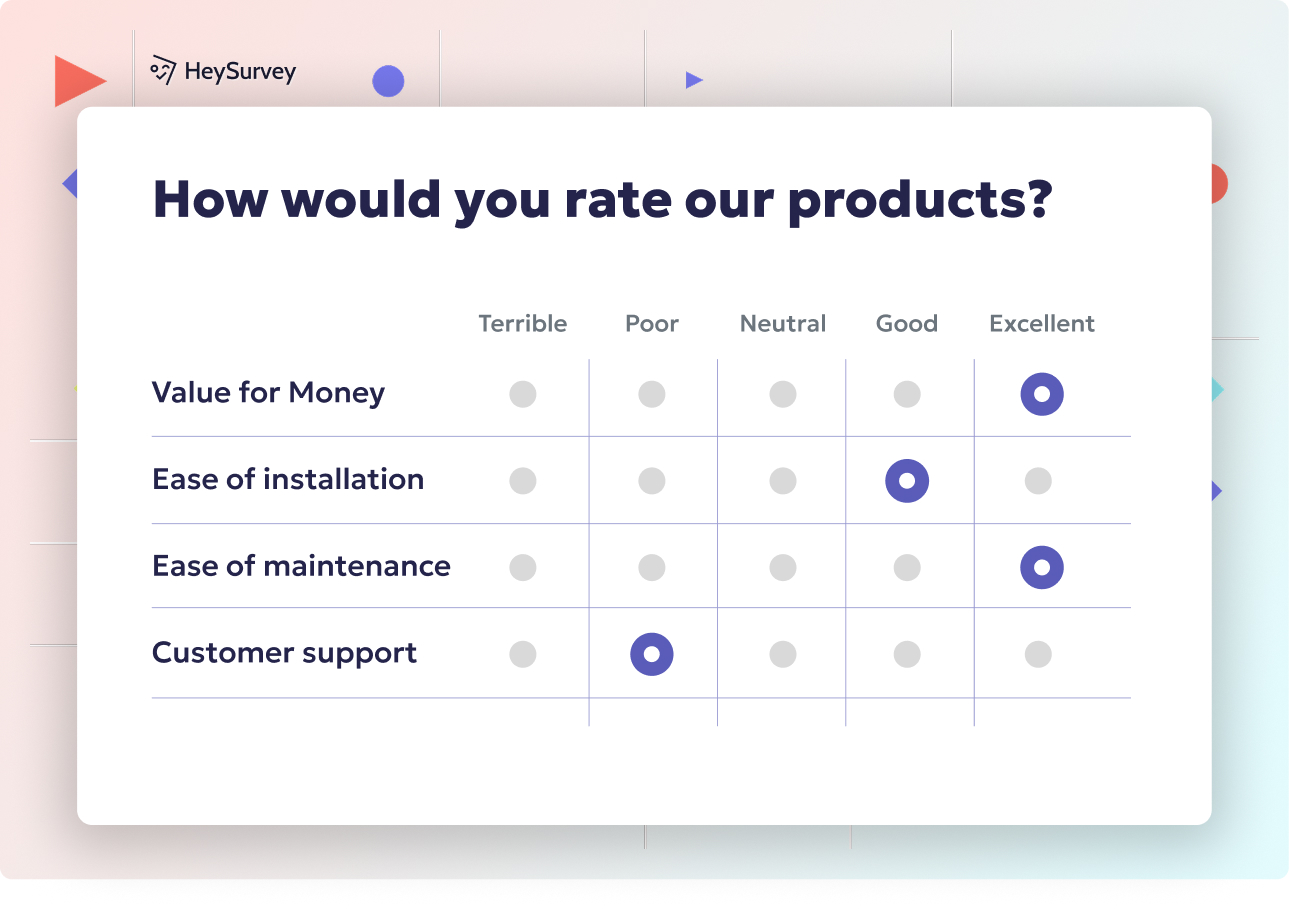
Creating a course evaluation survey with HeySurvey is easier than you might think! Follow these simple steps, and you’ll have your survey ready to gather insightful student feedback in no time.
Step 1: Create a New Survey
- Start by logging into HeySurvey or jump right in without an account if you want to explore first.
- Click on “Create New Survey” and choose either an empty sheet for full customization or select a pre-built template tailored for course evaluations.
- Give your survey a clear internal name so you can find it easily later.
Pro tip: You can access a handy course evaluation template with the button below this guide to save yourself some setup time!
Step 2: Add Questions
- Head to the Survey Editor and click “Add Question” to begin building your survey.
- Choose from question types like Choice (for multiple-choice questions), Scale (for Likert ratings), or Text (for open-ended feedback).
- Enter your course evaluation questions one by one, using the samples we provided or customize your own.
- Mark questions as required if you want to ensure respondents don’t skip them.
- Use question branching to tailor follow-up questions based on student responses — perfect for digging deeper where needed.
Feel free to spice up your questions by adding images or descriptions to guide your respondents!
Step 3: Publish Survey
- When your questions are polished and in the right order, click the Preview button to see how it looks from a student’s perspective.
- Make any last-minute design or wording tweaks using the Designer Sidebar if needed.
- Once you’re happy, hit Publish. You’ll get a shareable link to send to your students.
- Remember: you’ll need an account to publish and collect responses, so sign up if you haven’t already.
Bonus Step 1: Apply Branding
- Add your institution’s logo or custom colors in the Designer Sidebar to give your survey a professional and familiar look.
- This step helps students feel more confident that the survey comes from an official source, boosting response rates.
Bonus Step 2: Define Settings
- Head into the Settings Panel to set survey availability dates, response limits, and redirect URLs after completion.
- You can also enable options like allowing students to view summary results, which encourages transparency.
Bonus Step 3: Skip Into Branches
- Use HeySurvey’s powerful branching feature to create a dynamic experience.
- For example, if a student rates the instructor poorly, you might want to ask for additional comments just from those responses.
- Set multiple endings for your survey, tailoring the closing message depending on how the student responded.
And there you have it — designing and launching your course evaluation survey with HeySurvey in a snap! Ready to get started? Just click below to open a course evaluation template and customize to your heart’s content.
Instructor Evaluation Survey Questions
Why and When to Use This Survey Type
This survey type zooms in on the heart of the classroom: the instructor. Instructor evaluation questions capture how well teaching lands, from communication to classroom energy, and even approachability.
Mid-semester is prime time for these surveys. Teaching improvement is much easier when you have real-time feedback to work with. Instructors get a chance to tweak, adjust, and refine their methods before the final bell rings.
Clear, actionable feedback builds trust between students and teachers. It says, “We’re in this together.” When teachers respond to suggestions, students notice. It strengthens the learning environment and boosts everyone’s confidence.
Use these surveys to:
- Measure clarity in teaching difficult ideas
- Assess responsiveness and availability outside class
- Chart how well instructors spark participation and curiosity
These surveys help instructors keep their finger on the class’s pulse and reinforce a growth mindset.
Sample Questions
How clearly did the instructor explain complex concepts?
Rate the instructor’s responsiveness to questions.
How effectively did the instructor foster class participation?
Did the instructor provide timely and constructive feedback on assignments?
What specific teaching behaviors enhanced your learning?
By focusing on these key areas, you can help instructors fine-tune their craft. The goal is always a richer, more engaging experience for students, and these questions are the map to get there.
Incorporating open-ended questions in instructor evaluation surveys provides deeper insights that rating scales may not capture. (learnexus.com)
Curriculum & Learning Outcomes Survey Questions
Why and When to Use This Survey Type
The curriculum is the backbone of any educational program. Curriculum and learning outcomes survey questions check how closely the day-to-day class actually matches what was promised at the start.
This survey works best at the end of a course. That’s when students see how day one expectations stacked up against the final reality. If gaps appear, they flag them for future improvement—no more missing skills or unclear objectives.
A curriculum’s value shines when it fits student needs and prepares them for the “real world.” Questions here make sure your course is more roadmap than maze, guiding students toward mastery.
With these surveys, you:
- Uncover if learning objectives are clear and realistic
- Gather feedback on which skills feel most practical
- Find out if students spot any holes in the coverage
By comparing objectives and outcomes every term, you make continuous progress toward effective, relevant courses.
Sample Questions
To what extent did the course meet its stated learning objectives?
How confident do you feel applying the skills learned?
Which learning outcome was most valuable to you?
Were any important topics missing from the curriculum?
How well did assessments reflect the learning objectives?
Every answer offers a clue. Dig into the details so your curriculum never leaves anyone guessing.
Course Materials & Resources Survey Questions
Why and When to Use This Survey Type
Textbooks, online videos, articles, and other resources are the tools students use daily. Course materials and resources survey questions help you test-drive these materials and find out if they fuel—or frustrate—student learning.
Surveys should be offered both during and after the course. That way, you can fix broken links, update awkward readings, or add new resources just in time for current students (and definitely before next time).
Learning shouldn’t be a scavenger hunt. The right resources make coursework smooth and engaging. When you ask about them regularly, you catch struggles early and help every student find the support they need.
Use these surveys to:
- Measure if readings, videos, and materials help clarify difficult ideas
- Check whether everything assigned is actually accessible
- Find out if the digital platform fits student needs
Quick fixes and quality additions become possible when you monitor how your resources perform.
Sample Questions
How useful were the assigned readings in understanding course content?
Rate the accessibility of online resources provided.
Were the multimedia materials engaging and informative?
Did the workload associated with course materials feel appropriate?
What additional resources would have enhanced your learning?
Every bit of feedback is a building block for better courses. Don’t be afraid to experiment based on student suggestions!
A study found that 42% of students rated lectures as the most helpful learning resource, highlighting the importance of evaluating course materials to enhance student learning. (journals.physiology.org)
Learning Environment & Delivery Survey Questions
Why and When to Use This Survey Type
Even the best content fizzles if the learning environment is off. This survey dives into everything from the classroom vibe to the tech tools used, and even the rhythm of class (who likes a rushed lecture?).
Halfway through the course is a smart moment for feedback. Students know what’s working or what’s making learning awkward, so you can fix nagging issues pronto.
Asking for input on delivery format, classroom inclusivity, and even online platform reliability shows you care about every aspect of their experience. It’s about creating a playground for learning, where everyone feels set up for success.
With this survey, you reveal if:
- The classroom climate is friendly and safe for all voices
- The technological side kicks or crashes
- The pace lets students keep up (or gets them lost in the dust)
Quick tweaks can transform a stressful semester into a stellar one.
Sample Questions
How comfortable and inclusive did you find the learning environment?
Rate the effectiveness of the course’s pacing.
How reliable was the technology platform used?
Did the course format (lecture, discussion, lab) suit your learning style?
What improvements would enhance the learning environment?
These questions put the power of feedback straight into the hands of those who know best.
Student Self-Assessment Survey Questions
Why and When to Use This Survey Type
Self-assessment questions flip the feedback script. Student self-assessment survey questions help learners reflect on their own progress and identify what’s clicking or where extra help might be needed.
These questions are perfect at several checkpoints—early, mid, and late in the course. Spacing them out lets students track their personal growth and gives instructors valuable signals to offer extra support.
When students pause to reflect, they often dig up strategies that work well for them—or reveal unexpected challenges. This survey boosts metacognition and sticks students right in the driver’s seat of their education journey.
Ask these questions to:
- Help students measure changes in their own confidence and skill
- Encourage them to try new study strategies and self-monitor
- Promote personal goal-setting—and celebrating reaching those goals
Nothing beats progress that students can name and claim themselves.
Sample Questions
How has your confidence in this subject changed since the start of the course?
Which study strategies proved most effective for you?
Identify one concept you still find challenging.
How many hours per week did you dedicate to course work?
What personal learning goal did you achieve during this course?
Answers here often lead to new tools, approaches, or just a heartfelt pat on the back for a job well done.
Post-Course Follow-Up Survey Questions
Why and When to Use This Survey Type
Follow-up surveys come months after class ends. These post-course follow-up questions reveal whether that final paper or group project actually made a difference beyond the final grade.
Usually sent three to six months down the road, you’ll find out what’s stuck, what’s been forgotten, and what’s proving valuable in students’ real lives—inside and outside of school.
This feedback is gold for long-term planning. You’ll see how well your course sets up students for future classes, internships, or the workplace.
Ask about:
- Skills that last and show up in new contexts
- Connections between classwork and career plans
- Whether students would take another class in your department
You’ll spot trends in long-term success that other surveys miss.
Sample Questions
Have you applied knowledge from this course in real-world scenarios?
Which course concepts have proven most valuable since completion?
Did this course influence your academic or career plans?
How well did the course prepare you for subsequent coursework?
Would you enroll in another course taught by this instructor/department?
The results offer both a high-five and a to-do list for continual improvement.
Best Practices (Dos and Don’ts) for Course Evaluation Surveys
Crafting the best surveys is more art than science. Stick with these course evaluation best practices for meaningful, actionable responses.
Dos:
- Keep surveys concise—brevity boosts effective survey design and completion rates.
- Use a mix of question types: Likert scales for easy tracking, and open-ended questions for richer detail.
- Guarantee anonymity so students feel safe sharing honest thoughts.
- Time surveys strategically: not too soon, not too late.
- Share results and changes (“closing the feedback loop”) with students to reinforce trust and encourage participation next time.
- Respect cultural inclusivity in both content and language.
Don’ts:
- Avoid leading questions that hint at a preferred answer.
- Steer clear of surveys so long they make students run for the hills.
- Don’t use ambiguous language—clarity trumps cleverness every time.
- Don’t over-survey; survey fatigue tanks response rates.
- Never ignore the diversity of your classroom—make sure your language and questions fit everyone.
When in doubt, ask students what would make the survey experience better. They’re full of good ideas!
Conclusion & Action Plan
Choosing the right survey type is your ticket to smart course improvement. Every question category serves a different purpose, and acting on feedback is where real change begins. Share what you learn with students—they’ll see you value their input and get more engaged. Keep refining your survey, test out these template questions, and let the results guide you to teaching greatness. Ready to build your best course yet?
Related Student Survey Surveys

31 Survey Questions Examples for Students to Improve Learning
Discover 28 survey questions examples for students across 6 key types to boost engagement, feedba...
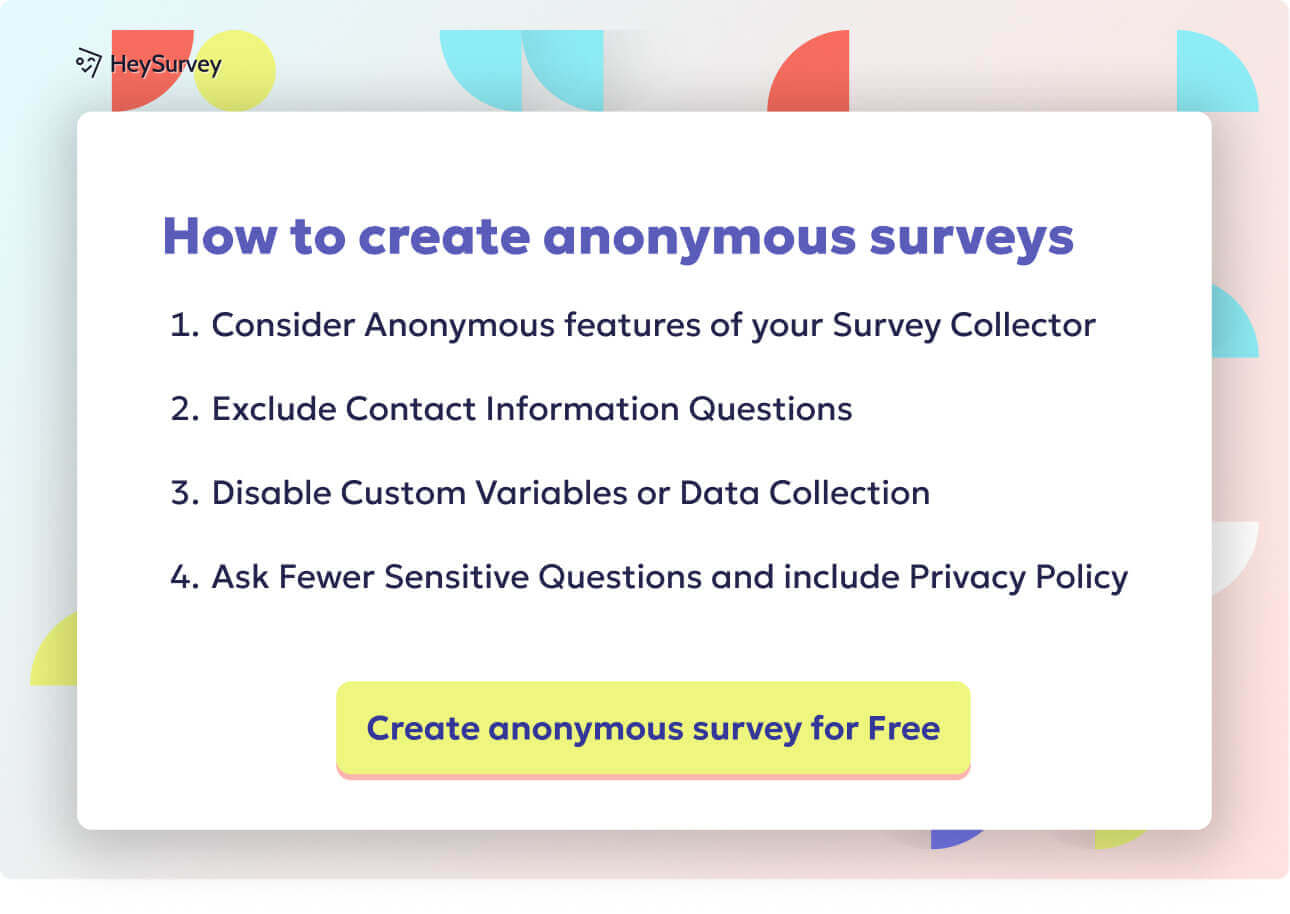
29 Class Survey Questions: Proven Templates for Every Stage
Discover 40+ proven class survey questions with detailed templates for every course stage to boos...

30 Survey Questions for Students: 6 Types & When to Use Them
Explore 6 powerful survey types with 30+ sample survey questions for students to boost engagement...
